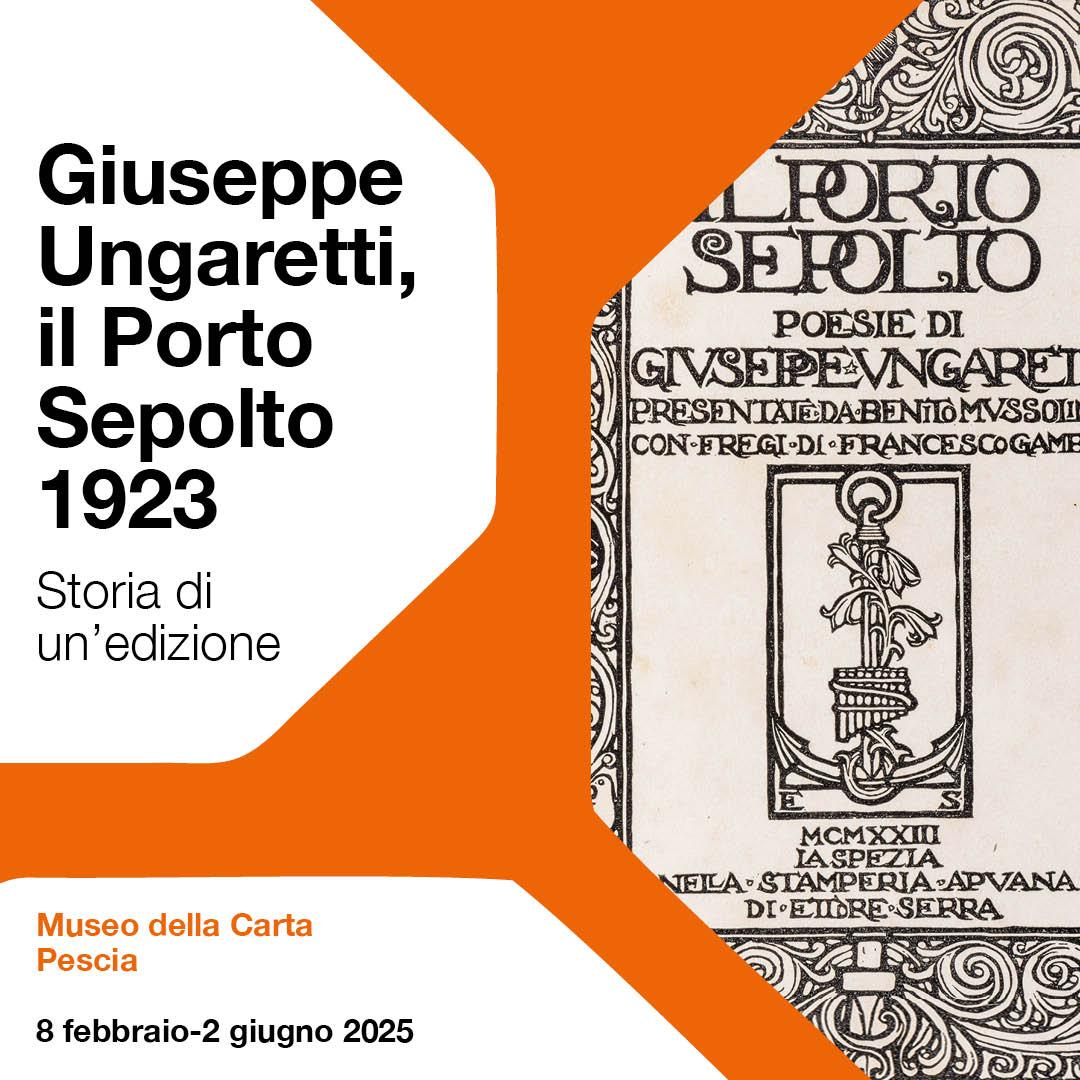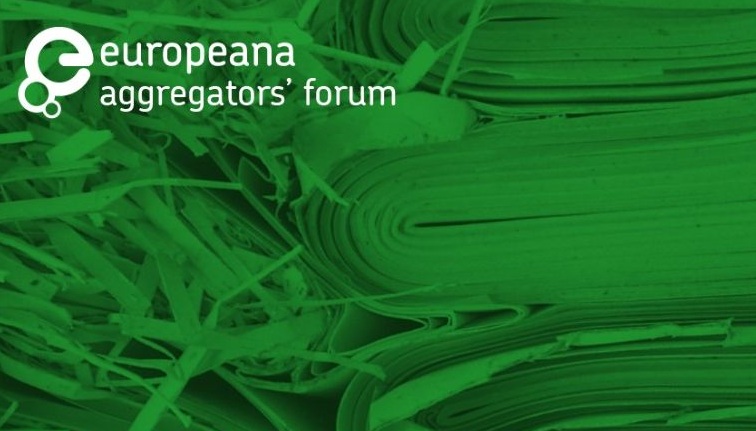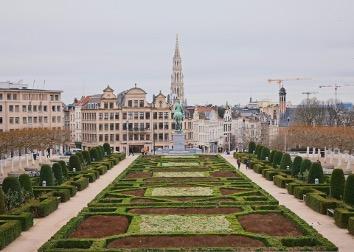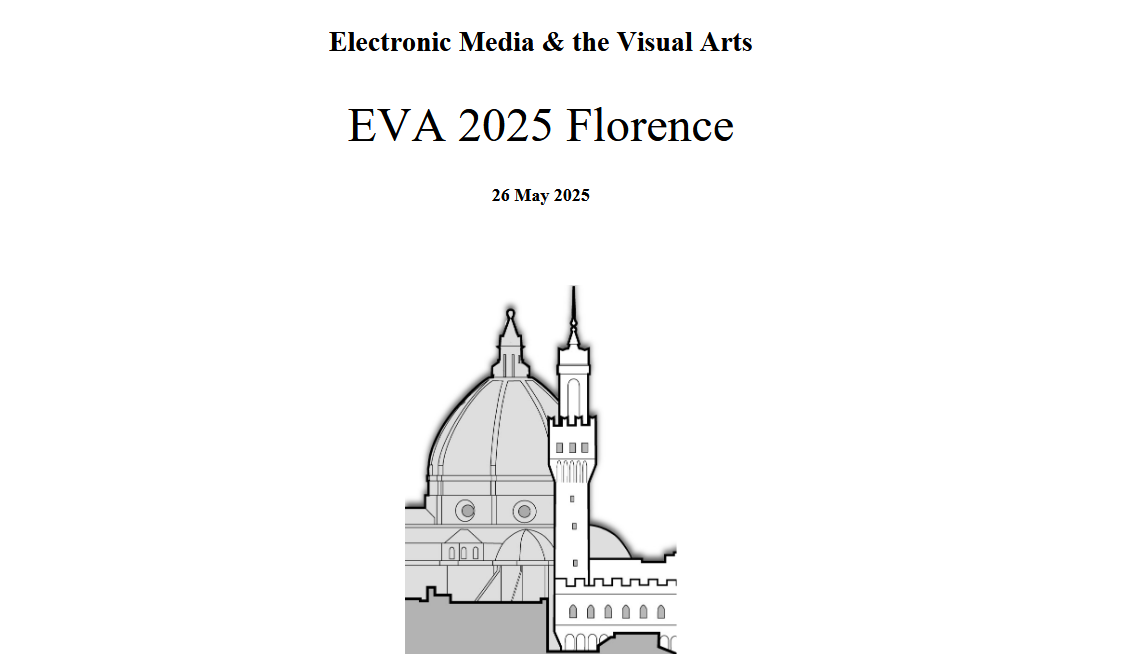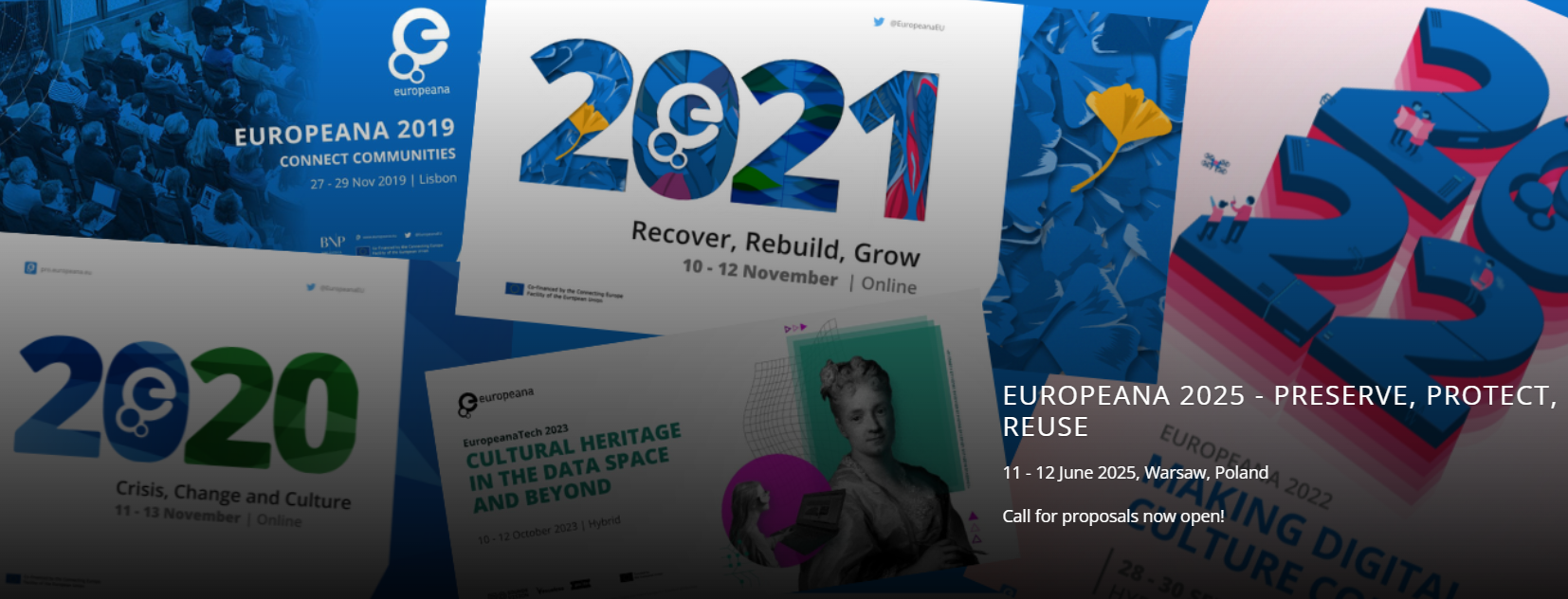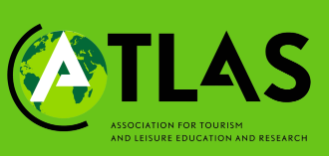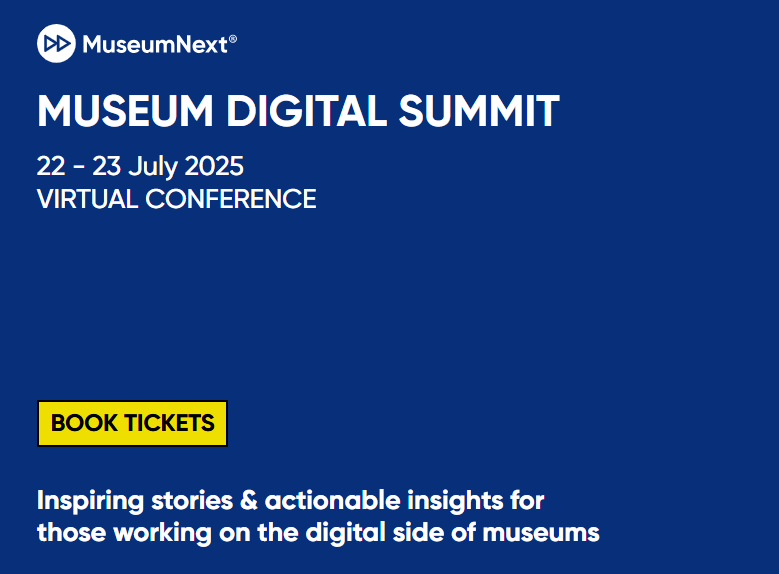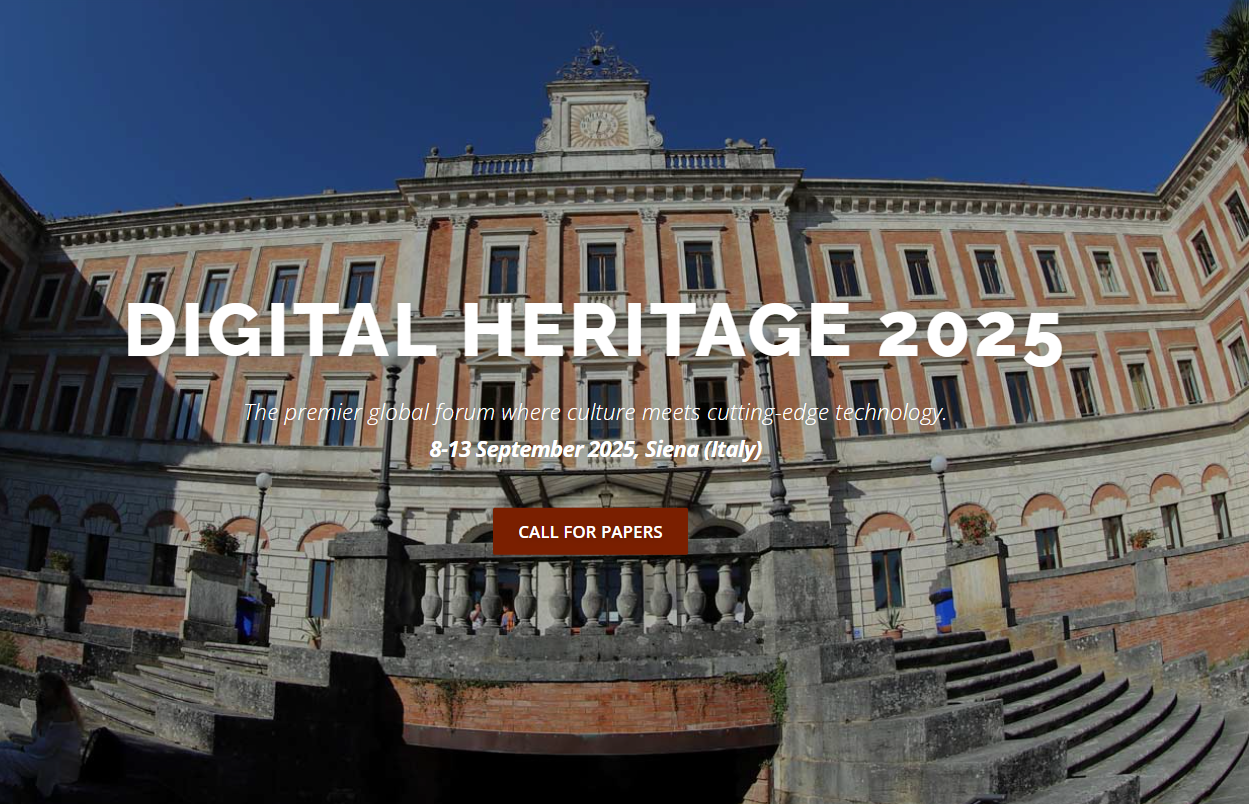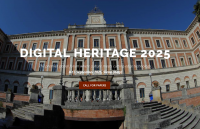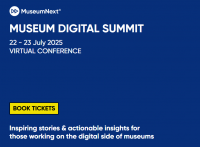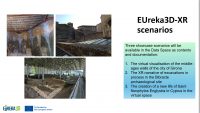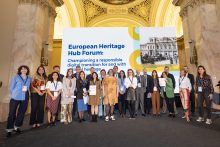Incredible pictures of Native Americans from old books to digital collections
text by Caterina Sbrana
Dear DIGITALMEETSCULTURE.NET readers, in these almost two years of collaboration with the magazine, I took care of proposing digital archives, online exhibitions, artistic experiences in which the digital technology meets art, dance, literature, historical events etc..
Most of the archives that I have proposed on my latest articles are made by universities, research centers, government agencies or partnerships among many organizations.
Today I would like to suggest the consultation of a site that was created by a single woman, whose name is Karen Hatzigeorgiou.
The site http://ushistoryimages.com/index.shtml , named U.S. History Images, collects drawings and engravings of United States history, which she found in ancient books.
“I decided that this was a special niche that should be shared with others. What better way to learn about and appreciate the history of the United States than through the illustrations of artists from the last century and a half?”, she said.
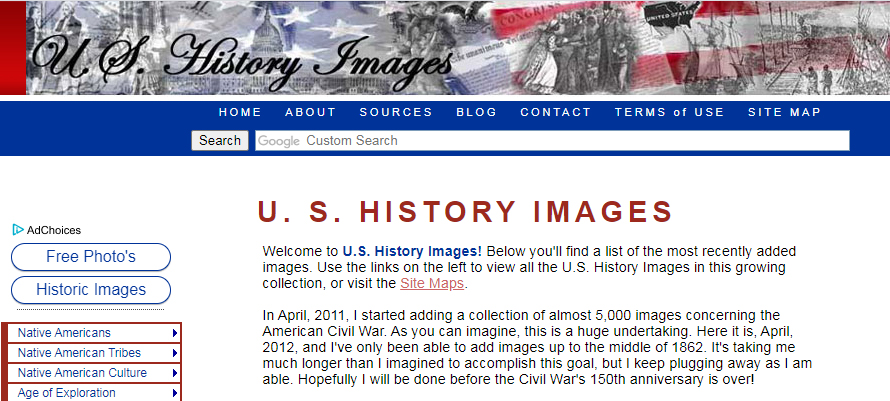
The Home page of U.S. History Images by Karen Hatzigeorgiou ; on the left there is the list of topics, the first of which is Native Americans; http://ushistoryimages.com/index.shtml
The digital images that we find on the website primarily come from books published from as early as 1842 up to 1922. Of course those books are affected by the stereotypes of that time, but Karen says herself that, even if she doesn’t agree with those views, she wanted to present “the images as authentically as possible, without censorship”. Karen suggests users to keep in mind the prejudices that could have affected the authors, while browsing the site.
In Karen’s website I focused my attention on images of Native Americans. To appreciate the iconography of the different tribes, you can start from the Site Map and entering the section ‘Native Americans Tribes’.
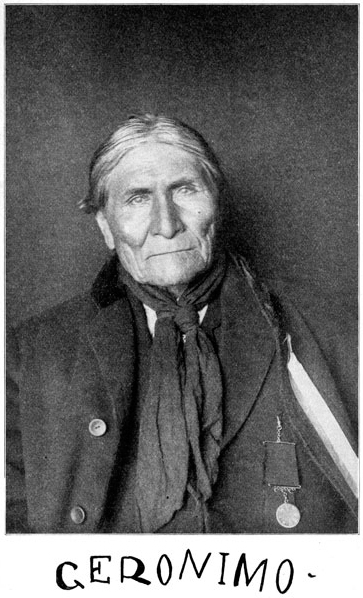
Geronimo, the chief of the Apaches; below the picture, Karen indicates the Source: Wood, Norman B. The Lives of Famous Indian Chiefs. Aurora: American Indian Historical Publishing Company, 1906.
The name “Geronimo” opens the Native American section. This section contains an assortment of seven black and white and color images. On the site there are other Indian leaders such as Tecumseh or King Philip.
You can also find drawings related to the art of Native Americans, paintings of clothes, artifacts as stone pipe, flutes, jewelry, illustrations, etc.
The list of American Indian tribes is long. There are illustrations of Indians, belonging to different tribes. Karen counts 38 tribes, and places them in alphabetical order, from the little known (to the writer) Algonquin, Ponca, Zuni to the most known Cherokee, Kiowa, Navajo, Sioux.
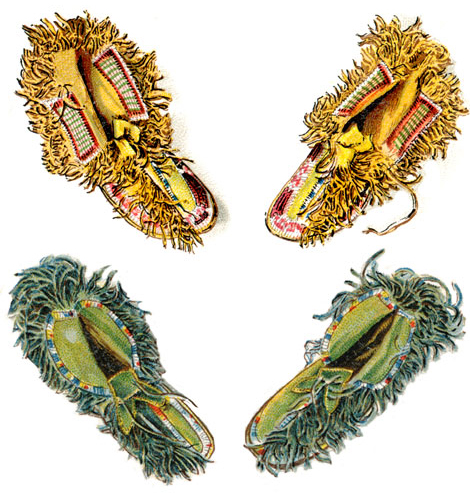
Native american clothes: Kiowa moccasins; Source Humfreville, J. Lee. Twenty Years Among Our Savage Indians. Hartford: The Hartford Publishing Company, 1897; http://ushistoryimages.com/native-american-clothes.shtm
A small section is dedicated to paintings of Native Americans women showing clothes, jewelry, everyday life scenes like the one you can see in the image below:
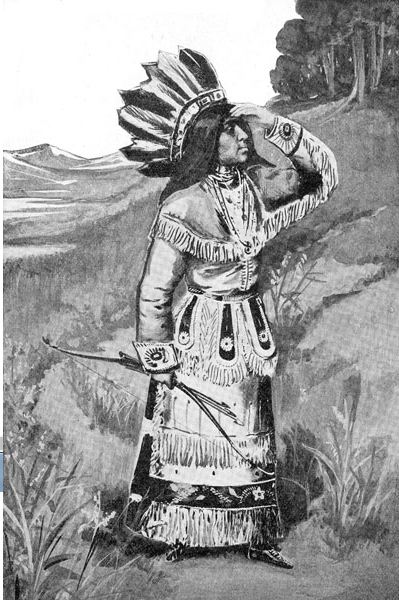
Native American Women; Wood, Norman B. The Lives of Famous Indian Chiefs. Aurora: American Indian Historical Publishing Company, 1906; http://ushistoryimages.com/native-american-women.shtm
Karen’s site on U.S. History Images starts with the section named Native Americans and then continues with Native American Tribes, Native American Culture up to the Civil War with 3 dedicated sections about the outbreak of the war and the battles of 1861 and 1862. In the site, as explained in the caption that opens the U.S. History Images section, there are many other sections that are related to later periods of American history. Other sections concern colonies, slavery, agriculture.
It is not difficult to understand what Karen writes about her commitment: “This website is a work in progress and new images will be added, in chronological order, over time.”
I really appreciate the work that Karen is doing because I think it’s important to make accessible the documents that many students often can not find, because they are contained in rare books. I think that the effort of all of us for digitising the cultural heritage contained in rare books that we own, and for making them available as part of a collective heritage is a interesting step towards a modern, democratic and participatory society.
https://guides.library.upenn.edu/c.php?g=475958&p=3255323
http://ushistoryimages.com/index.shtml
http://ushistoryimages.com/geronimo.shtm
http://ushistoryimages.com/native-american-clothes.shtm
http://ushistoryimages.com/native-american-women.shtm
Bio
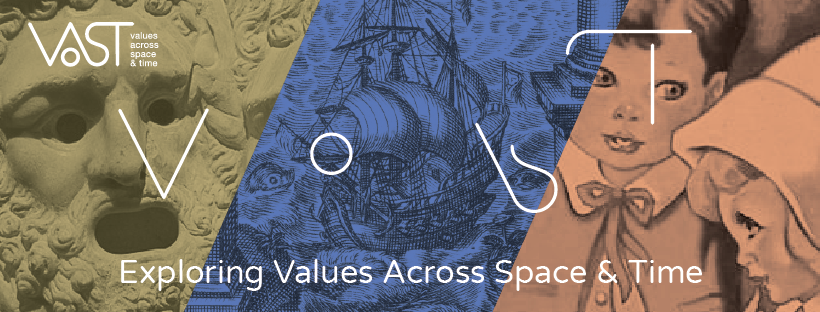 The VAST project (Values Across Space and Time) is an international collaboration between eight partners from five countries: National Center for Scientific Research Demokritos (Greece), Università degli Studi di Milano (Italy), National and Kapodistrian University of Athens (Greece), Universidade NOVA de Lisboa – NOVA (Portugal), Fairytale Museum (Cyprus), Semantika (Slovenia), Museo Galileo (Italy) and Athens & Epidaurus Festival (Greece).
The VAST project (Values Across Space and Time) is an international collaboration between eight partners from five countries: National Center for Scientific Research Demokritos (Greece), Università degli Studi di Milano (Italy), National and Kapodistrian University of Athens (Greece), Universidade NOVA de Lisboa – NOVA (Portugal), Fairytale Museum (Cyprus), Semantika (Slovenia), Museo Galileo (Italy) and Athens & Epidaurus Festival (Greece).



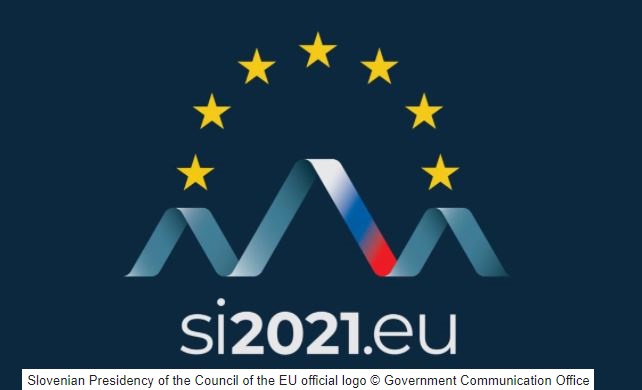
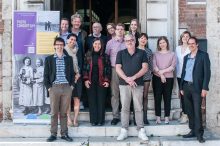
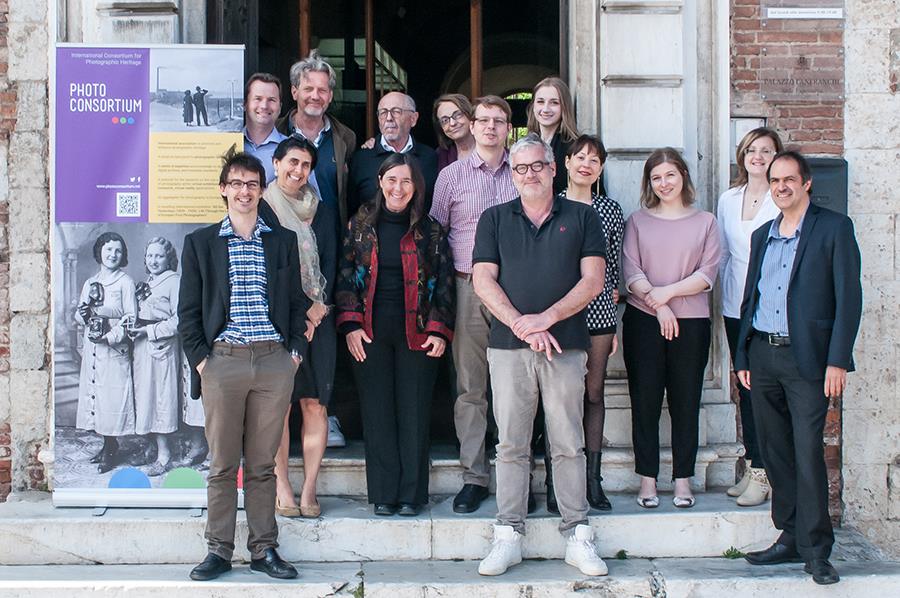
 PHOTOCONSORTIUM was partner in the successful GS CEF project
PHOTOCONSORTIUM was partner in the successful GS CEF project 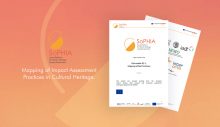
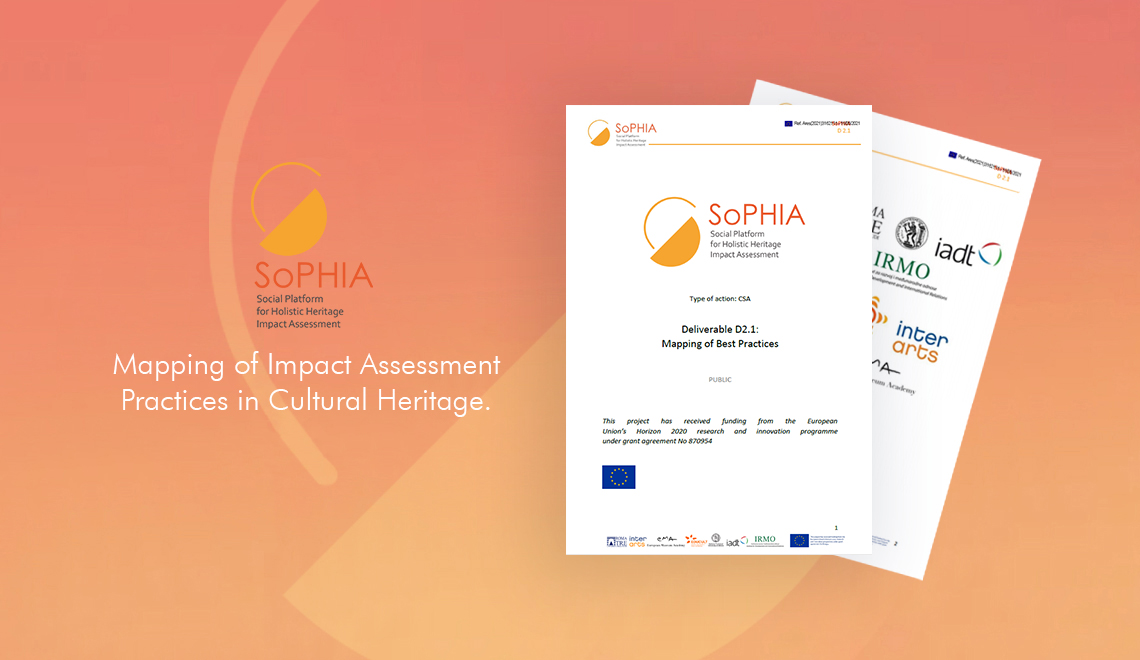 The Sophia platform, is developing a Holistic Heritage Impact Assessment Model. The recent progresses of its evaluation are referred to the identification of the three axes along which the model can be developed which are domains, people, and time. Next step was to collect and analyse existing cases of impact assessment practices for their applicability. At this puropose, members of SoPHIA’s
The Sophia platform, is developing a Holistic Heritage Impact Assessment Model. The recent progresses of its evaluation are referred to the identification of the three axes along which the model can be developed which are domains, people, and time. Next step was to collect and analyse existing cases of impact assessment practices for their applicability. At this puropose, members of SoPHIA’s 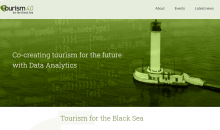
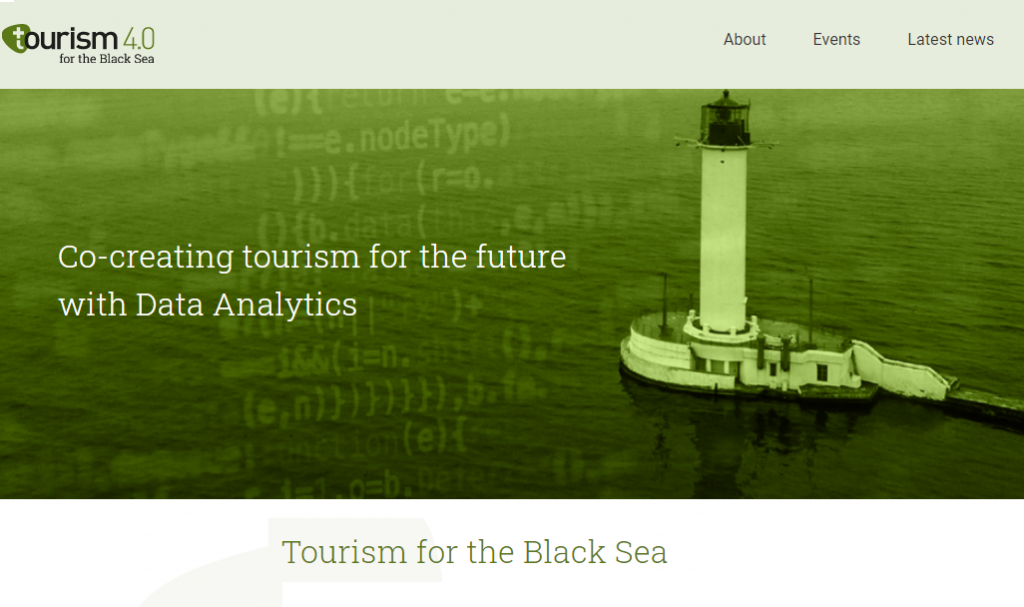
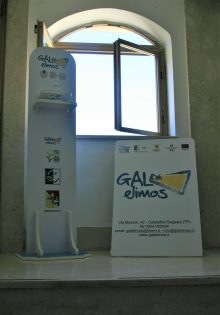
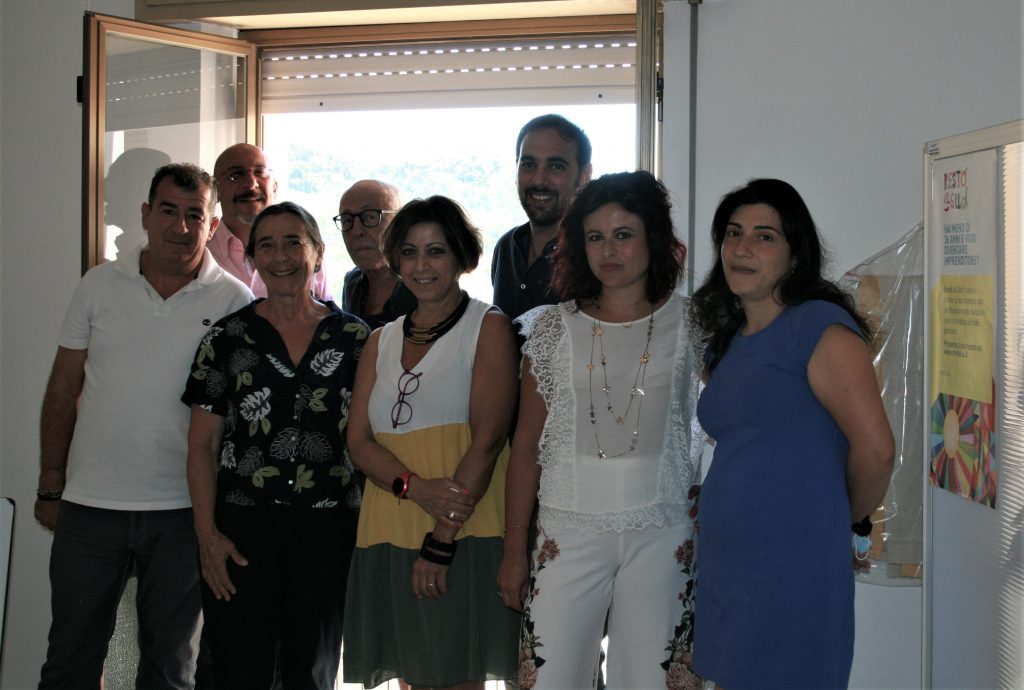 On the 6th of July 2021, INCULTUM partners
On the 6th of July 2021, INCULTUM partners 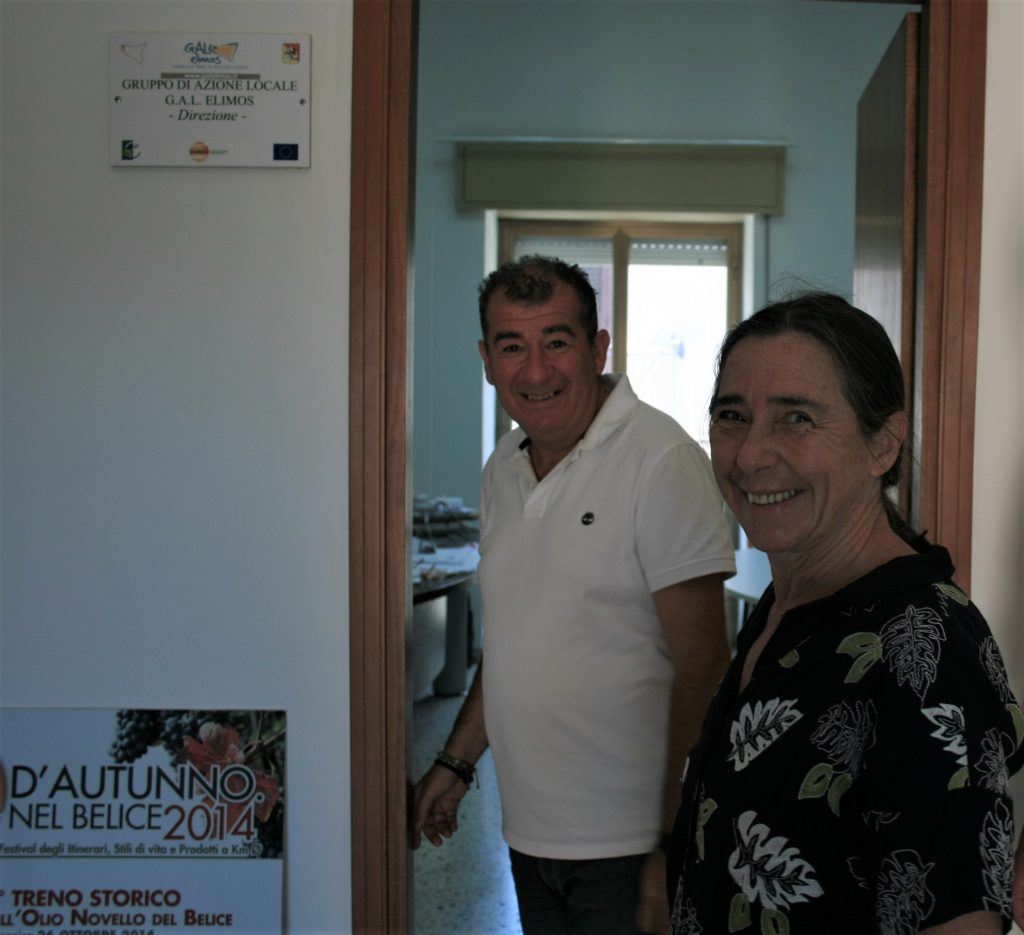 1. Agrarian heritage: persistence of traditional irrigation systems, of clear Islamic legacy, especially in Calatafimi-Segesta, where previous projects (such as MEMOLA) documented numerous associated hydraulic systems and infrastructures (mills, irrigation channels, wells, fountains, watering holes), both in the urban area and the surrounding territory.
1. Agrarian heritage: persistence of traditional irrigation systems, of clear Islamic legacy, especially in Calatafimi-Segesta, where previous projects (such as MEMOLA) documented numerous associated hydraulic systems and infrastructures (mills, irrigation channels, wells, fountains, watering holes), both in the urban area and the surrounding territory.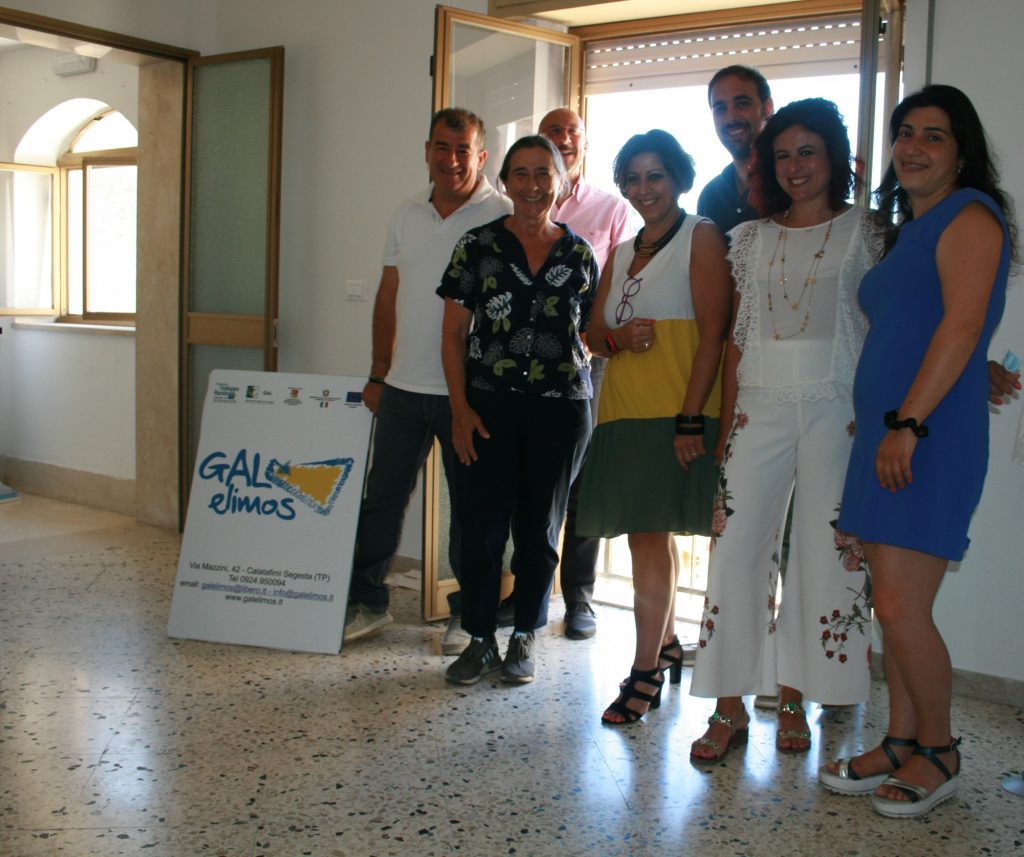
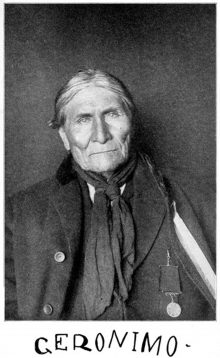





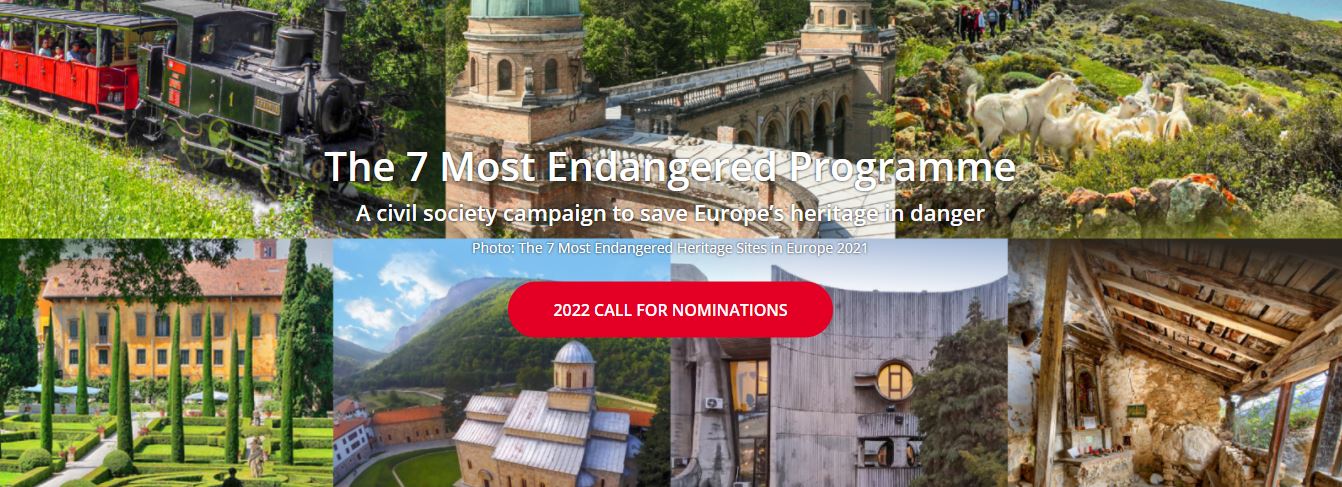
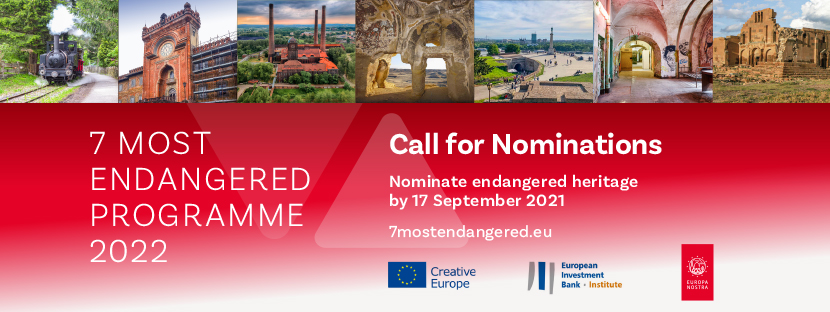 The applications will be discussed by an international advisory panel, comprising specialists in history, archaeology, architecture, conservation and finance, who shortlist the most endangered monuments and sites; the final list of 7 sites will be selected by the Board of Europa Nostra.
The applications will be discussed by an international advisory panel, comprising specialists in history, archaeology, architecture, conservation and finance, who shortlist the most endangered monuments and sites; the final list of 7 sites will be selected by the Board of Europa Nostra.
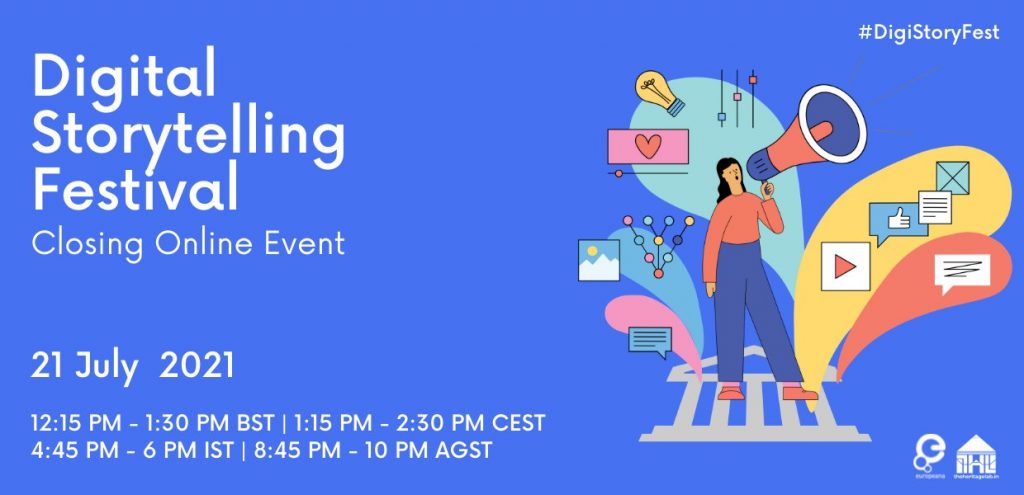
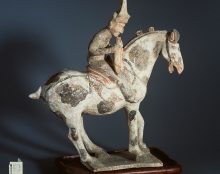
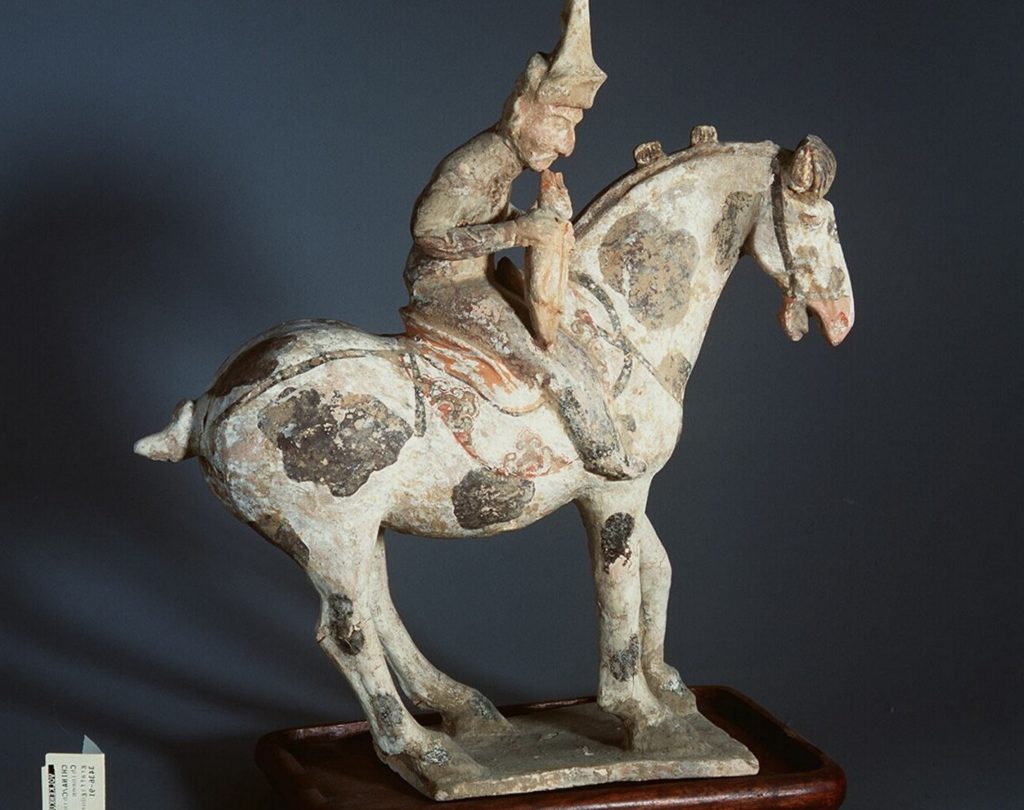
 If you have interesting news and events to point out in the field of digital cultural heritage, we are waiting for your contribution.
If you have interesting news and events to point out in the field of digital cultural heritage, we are waiting for your contribution.
